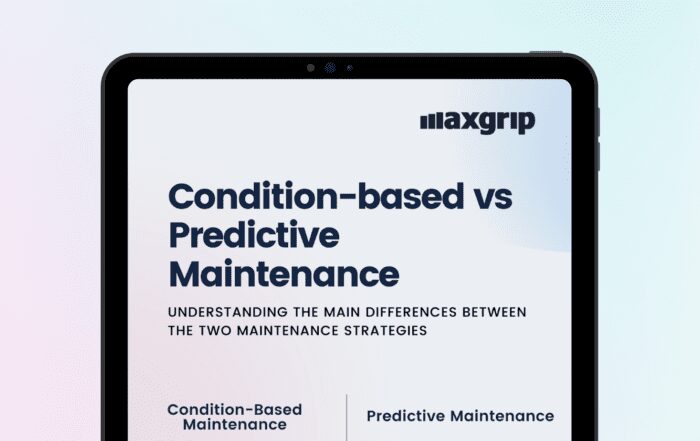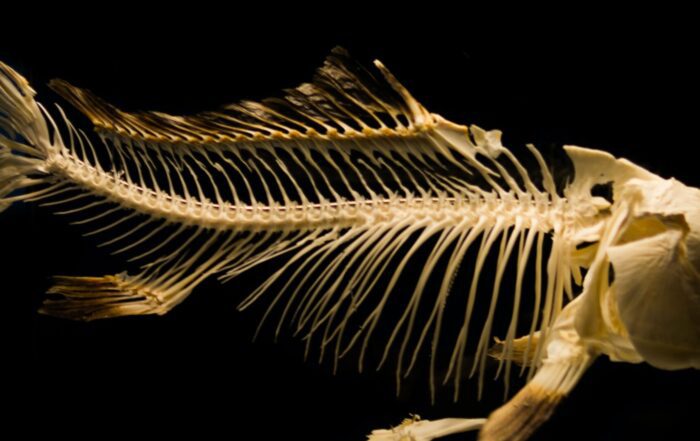An organization’s culture, while hard to quantify or visually pinpoint, permeates virtually every area of its operations and planning. Despite its influence, the culture of an organization is often not seriously considered when planning or implementing novel asset performance strategies. Only 19 percent of organizations surveyed believed they needed significant cultural changes when implementing new asset performance management (APM) methodologies. However, most organizations attempting to implement strategies challenging their current culture have either failed to make meaningful change or found the process too long and laborious to achieve the desired outcomes.
Process and data standardization are crucial for any successful long-term asset strategy. Standardized processes ensure accurate data collection and consistency across facilities and countries. Unfortunately, as organizations spread across geographic locations and departments become siloed, standardized best practices becomes increasingly difficult.
Benefits of process standardization
Standardized processes allow information to be shared more easily across your organization, regardless of its size or geographic presence. With agreed-upon standards, a single risk management framework or causal diagram, such as the Ishikawa diagram, are approved and used throughout an organization – allowing for easier collaboration and consistency.
ISO 14224 offers a comprehensive compilation of data-collection principles and standardized data formats for equipment. Following these standards facilitate the exchange of asset and maintenance data between manufacturers, contractors, operators, and contractors.
Map out your desired culture
Across industries, the “people side” of asset performance management is often overlooked. Updating or introducing asset management standards will affect an organization’s way of working – including the teams involved. A revised or new asset strategy requires a re-evaluation of your team, their roles, and responsibilities. As processes are updated or siloes removed, it is likely your operations, maintenance, and engineering team’s way of working will be altered considerably.
It is important to first understand your organization’s current culture before implementing or prioritizing specific reliability standards. How would you describe your current culture and how does that differ from the culture you would like to have? Think of the initiatives you would need to employ to achieve your desired culture. Start with an organizational fit/gap analysis focused on roles and responsibilities.
Departmental Synergy
For many organizations, global standards break down due to departments or geographic regions. Collaboration between operations, maintenance, and other departments is key not only for standardized processes but also to get a complete picture of your asset lifecycle. Establishing common goals helps siloed teams adopt a more collaborative approach to APM.
Encourage workshops where participants from different departments can openly discuss and share progress or results. Large cultural changes inside organizations take time, so it is important to keep consistent messaging throughout the process. Creating a culture of collective learning and collaboration will increase the chances of internal adoption for large standardized processes.
Culture starts at the top
Every member of an organization plays a part in shaping the culture, but it is the leaders that ultimately set the tone. An organization’s culture has a way of trickling downhill. Employee expectations and attitudes match those of senior leadership, which is why leadership must spearhead the efforts for a cultural change towards APM standardization. Without senior leadership onboard providing consistent messaging, long-lasting cultural and process changes are unlikely to take hold.
Conclusion
At MaxGrip we believe in investing in people to get the most out of your asset performance and realize sustainable improvements. Your asset management organization can only be successful when the users embrace and use the system and processes. Real change only happens when the whole organization takes ownership and is invested in the overall success.
For this reason, we work with and help train all levels of an asset management organization together. One tool to increase cross-departmental communication is organized workshops. Here, we get all key stakeholders to communicate, share their perspectives and insights, and find one, unified solution. Rather than working in silos, we encourage knowledge transfer for efficient collaboration across the organization.
📰 Download free eBook – How to drive performance with asset management
Get inspired
Gain access to an infographic comparing condition-based maintenance and predictive maintenance.
Download our best practices checklist to make sure you’re implementing and optimizing your EAM for long term success.
The fishbone diagram is a common tool to identify or prevent a particular event, download a template.





